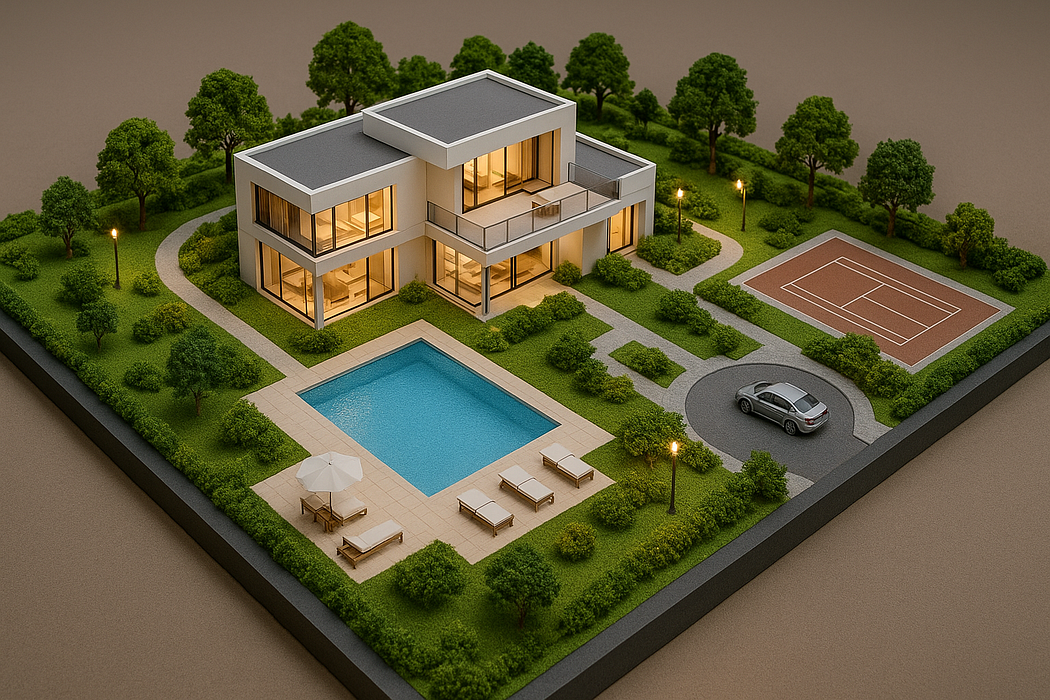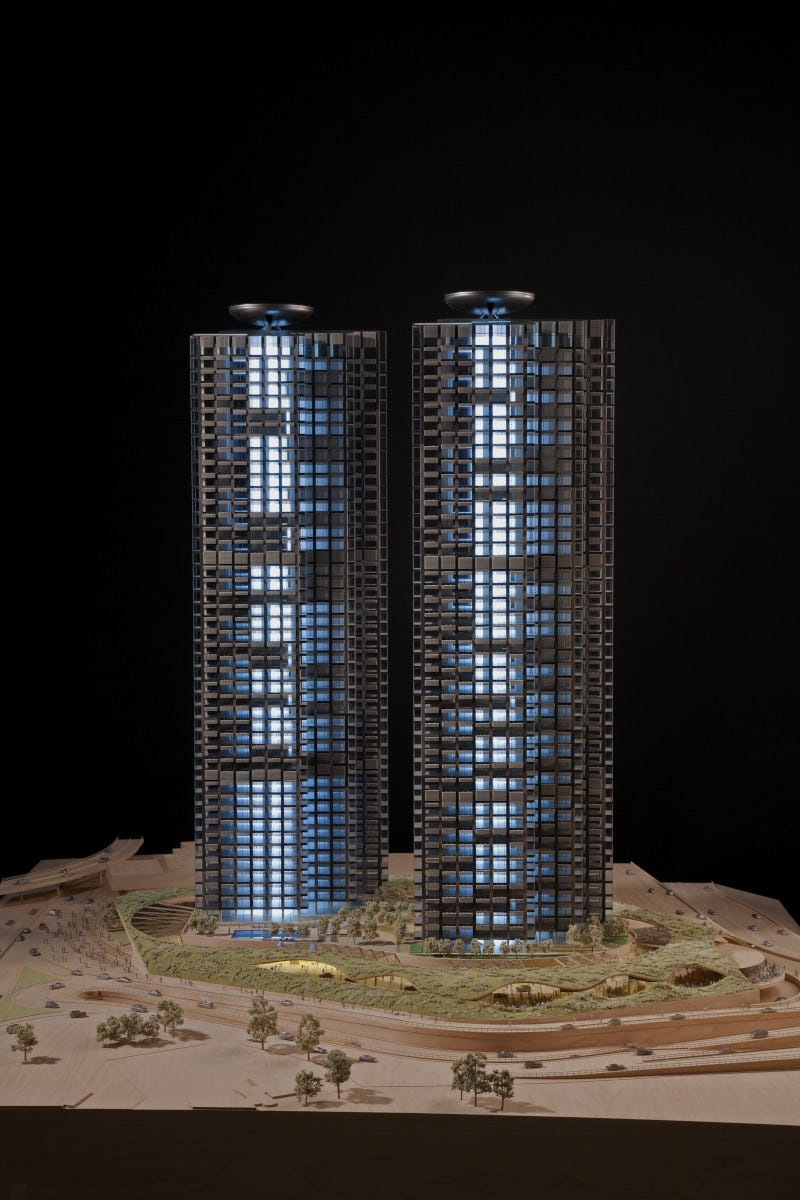Architectural Model Making: Building, Villa, Residential, and Commercial Models
Architectural model making is a vital part of the design, construction, and real estate industries. A scale model gives life to architectural drawings and digital designs, allowing architects, developers, and clients to see projects in a tangible and realistic form. Whether it’s a modern villa, a residential community, or a commercial building, professional architectural model makers create detailed miniature versions that inspire confidence and communicate vision with clarity.

Why Architectural Model Making Matters
Architectural scale models serve as a bridge between technical drawings and real-life construction. While 3D software is widely used, physical models provide a sense of scale, proportion, and depth that digital renderings cannot fully replicate. By holding and observing a model, stakeholders can understand the layout, aesthetics, and functionality of a project. For developers and sales teams, models also become powerful marketing tools that attract buyers and investors.
Leading architectural model making services combine craftsmanship, technology, and creativity to deliver models that are both visually stunning and technically accurate.
Types of Architectural Models
1. Building Models
Building models showcase the design, façade, and overall structure of a project in miniature form. Depending on the requirement, these can be conceptual models for design discussions or presentation models with lighting and landscaping for client exhibitions. Building models are widely used by:

- Architects to explain design intent.
- Developers to promote real estate projects.
- Construction companies to demonstrate project phases.
A high-rise building model, for example, can highlight balconies, windows, and entrances, offering buyers and investors a realistic preview.
2. Villa Models
Villa models are popular in luxury real estate, where aesthetics and lifestyle matter most. Skilled villa model makers create highly detailed replicas that include:
- Swimming pools, gardens, and terraces.
- Interior layouts visible through cutaway sections.
- LED lighting to enhance realism.
These villa scale models allow potential buyers to visualize their dream home and lifestyle before the actual villa is built, making them essential for marketing campaigns and real estate exhibitions.
3. Residential Models
Residential models represent apartment complexes, gated communities, or housing developments. They focus not only on individual homes but also on community planning. A professional residential model includes:
- Towers, villas, and residential blocks.
- Roads, pathways, and parking layouts.
- Amenities like gyms, parks, and clubhouses.
- Landscaping, miniature trees, people, and vehicles for realism.
Such models give buyers a clear understanding of the neighborhood’s layout, facilities, and overall design, helping them make informed decisions.

4. Commercial Models
Commercial building models are used for office complexes, shopping malls, hotels, and mixed-use developments. They highlight functionality, design, and accessibility. Commercial models typically feature:
- Detailed façades with glass panels and cladding.
- Entrances, lobbies, and retail spaces.
- Parking zones, landscaping, and surrounding infrastructure.
- Lighting effects to showcase activity.
Commercial architectural models are especially important for investors, urban planners, and government approval processes.
Materials and Techniques in Architectural Model Making
Modern architectural model makers use advanced tools and high-quality materials to ensure precision and durability. Common materials include acrylic, plastic, foam board, wood, and 3D-printed components. Laser cutting and CNC machining ensure exact detailing, while expert craftsmanship adds finishing touches like textures, paint, and landscaping. Lighting systems and interactive features can also be added for a dynamic presentation.
Benefits of Professional Architectural Model Making Services
- Enhanced Visualization: Scale models allow clients to experience the design physically.
- Sales & Marketing: Developers use models to attract buyers at exhibitions and sales offices.
- Design Validation: Architects can identify flaws and improve accuracy before construction.
- Approvals & Presentations: Government bodies and investors gain a clearer understanding of projects.
- Emotional Connection: Models spark excitement and trust among clients and stakeholders.
Conclusion
Architectural model making is more than a craft — it is a crucial service that supports architecture, real estate, and construction industries. From detailed villa models and residential layouts to commercial building models and full-scale urban projects, professional architectural model makers help bring visions to life. With precision, creativity, and modern technology, scale models make it easier to market, explain, and sell architectural projects long before the first brick is laid.

If you are looking for expert architectural model making services for your next project, choosing skilled model makers will ensure your designs are represented with accuracy, beauty, and impact.
Comments
Post a Comment